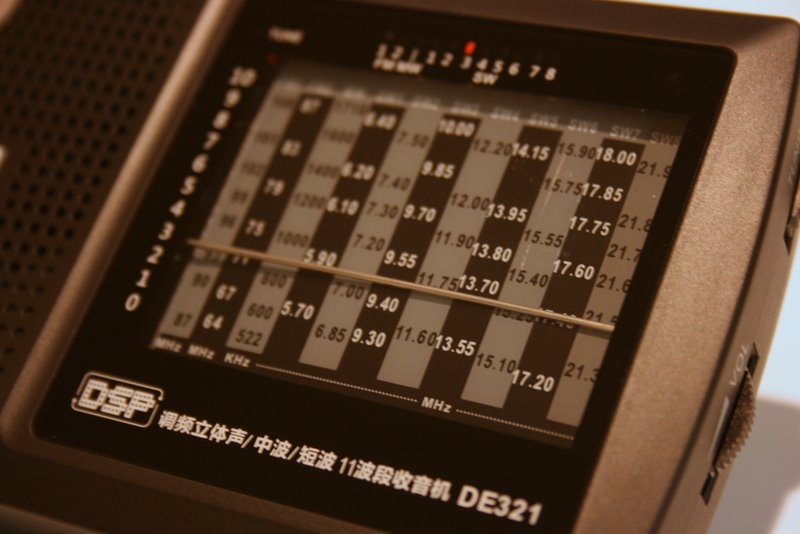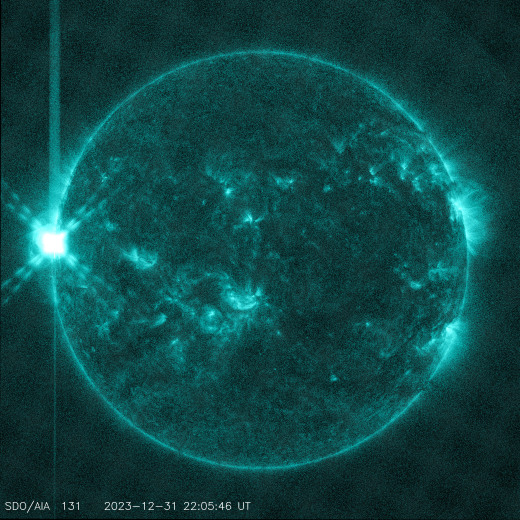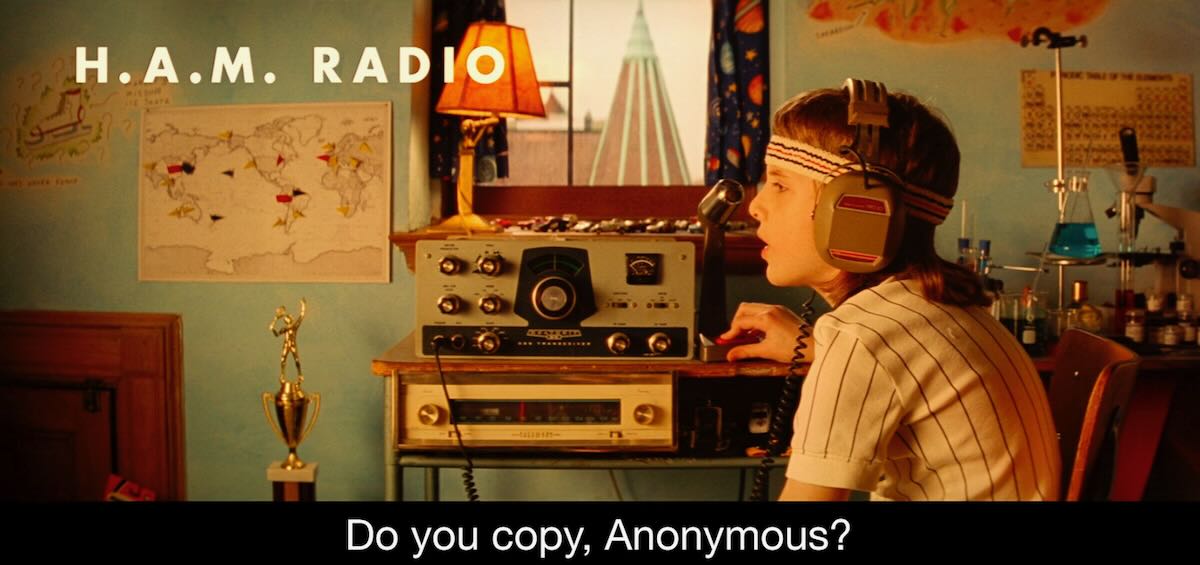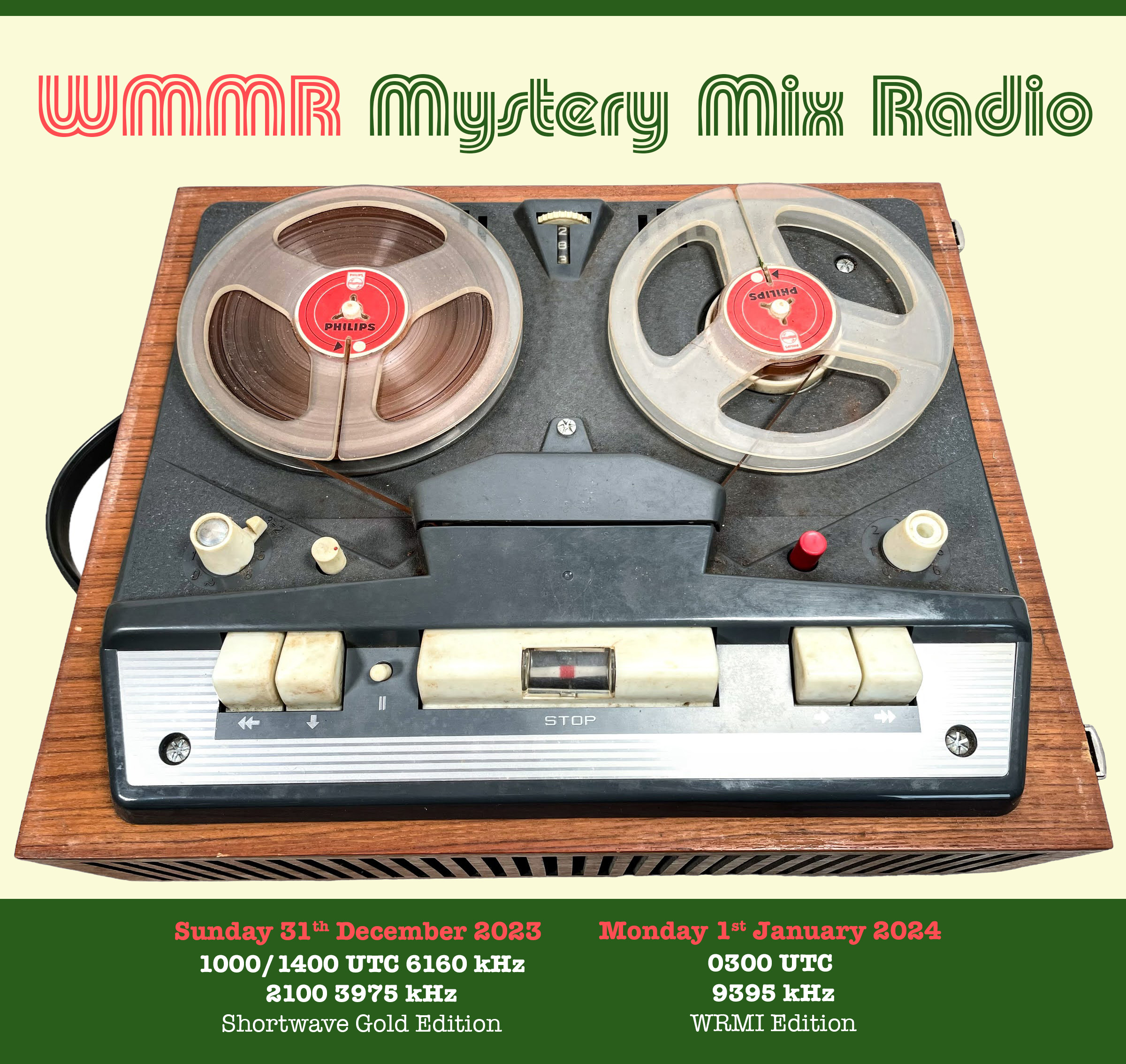 Many thanks to SWLing Post contributor, Richard Langley, who writes:
Many thanks to SWLing Post contributor, Richard Langley, who writes:
While setting up to record BBC Radio 4 LW for the turn of the year using the U. Twente SDR receiver, I noticed the program in the final hour before midnight: “But First This …” It is about the jobs of Radio 4 continuity announcers and is a behind the scenes look into radio continuity. Those interested in how radio production works will find it interesting. It includes discussions on the reading of the Shipping Forecast, also known as the Shipping Bulletin, and not crashing the Greenwich Time Signal (the pips). There’s quite an amusing music and poetry item about the pips. Several of the continuity announcers, some of whom also read the news, take part including Neil Nunes, who frequent listeners to the World Service will recognize.
Here is the program description from the BBC Radio 4 website:
“Continuity announcers’ voices are at the heart of Radio 4 – they introduce programmes and bring us the news. But who are they? What does it take to do their job – from introducing The Archers to reading the Shipping Forecast? And what happens on those hopefully rare occasions when things don’t go according to plan? With contributions from more announcers than ever previously spotted in one place, and a special musical performance, countdown to the new year with the BBC Radio 4 announcers.”
The program is available to listen again here:
https://www.bbc.co.uk/programmes/m001trdd
Might be worth a mention on the SWLing Post.
All the best
— Richard
Fascinating. Thank you for sharing this, Richard!








